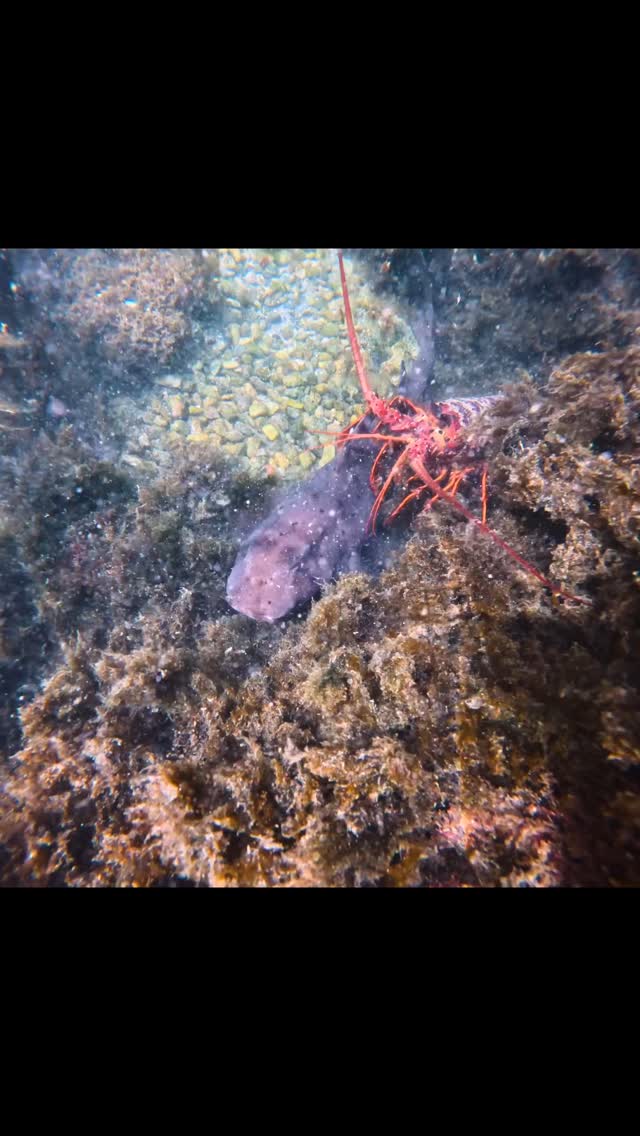- The fascinating feeding mechanisms of small, bottom-dwelling sharks and their role in the marine ecosystem.
- The biology and anatomy of bottom-dwelling sharks, with a focus on their unique dentition and adaptations.
- The significance of these sharks in marine food webs and their contribution to ocean health.
- Conservation challenges facing bottom-dwelling sharks and current strategies addressing them.
- The role of zoos and aquariums in educating the public about these remarkable marine animals and efforts to protect them.
Small, bottom-dwelling sharks possess an intriguing set of characteristics that make them both fascinating and essential to ocean ecosystems. These sharks employ sophisticated feeding techniques that are vital to their survival and, by extension, to the ecological balance of oceanic habitats. Cruising the seafloor, they hunt for their next meal with precision. Their front teeth, sharp and pointed, allow them to seize prey effectively. Meanwhile, molar-like back teeth are adapted for crushing hard shells and spines, facilitating a diverse diet. Understanding these mechanisms offers insight into the adaptations these sharks have developed to thrive in their environments.
The anatomy of these sharks is particularly fascinating, especially their dentition. Unlike large predators such as great white sharks, which rely on sheer force, bottom-dwelling sharks utilize a combination of different teeth types. Their dentition is perfectly adapted for a diet that includes crustaceans, mollusks, and other hard-shelled creatures. These sharks have evolved this specialized dentition to support their dietary needs, allowing them to break down their prey efficiently. This adaptation underscores the evolutionary pathways through which species develop traits essential for survival in specific niches.
Scientifically, the significance of these sharks extends beyond their physical adaptations. As predators, they play a crucial role in marine food webs. By preying on numerous species, they help control populations of their prey, preventing any particular species from overwhelming the ecosystem. This predatory behavior promotes biodiversity, which is essential for a healthy and resilient ocean environment. Moreover, bottom-dwelling sharks contribute to nutrient cycling by breaking down and redistributing organic material through their feeding habits.
Currently, bottom-dwelling sharks face significant conservation challenges. Human activities such as overfishing, habitat destruction, and pollution have placed immense pressure on their populations. Because they are less visible than their larger counterparts, these sharks are often overlooked in conservation efforts, yet they remain just as important to marine ecosystems. Addressing these challenges requires international cooperation and the implementation of sustainable fishing practices. Marine protected areas (MPAs) have emerged as effective tools for conserving habitats crucial to the survival of bottom-dwelling sharks.
Zoos and aquariums have a pivotal role in raising awareness about bottom-dwelling sharks and their conservation needs. By housing these animals, they provide opportunities for the public to learn about their biology and ecological importance. Educational programs and exhibits focus on the unique traits and behaviors of these sharks, emphasizing the broader need for marine conservation. Institutions also collaborate in breeding programs and research efforts, contributing valuable scientific data that aid in formulating conservation strategies.
In sum, small, bottom-dwelling sharks play a significant role in maintaining the health of marine ecosystems. Their specialized feeding mechanisms and anatomical adaptations highlight their evolutionary success. These sharks are integral components of oceanic food webs, exerting influence on the populations of numerous species and contributing to biodiversity and nutrient cycling. However, they face pressing conservation challenges that demand immediate attention. Through concerted efforts across research, policy, and education, the future of bottom-dwelling sharks and, consequently, marine ecosystems can be secured.
*****
Source Description
Ever seen a chow down on a meal? These small, bottom-dwelling sharks cruise the seafloor hunting for their next meal. They’ll use their sharp front teeth to grab their prey and molar-like back teeth to crush through shells and spines.


